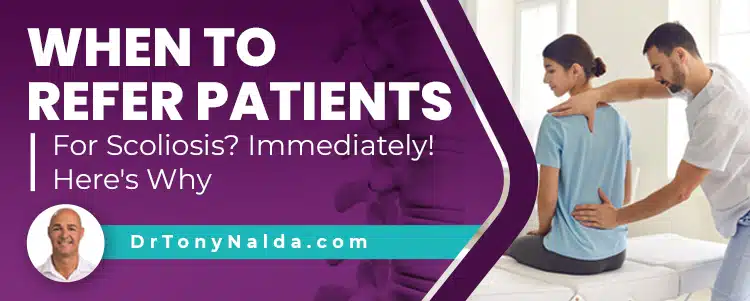

When To Refer Patients For Scoliosis? Immediately! Here’s Why
Early treatment is crucial for better scoliosis outcomes. Diagnosis should prompt immediate professional guidance and treatment.
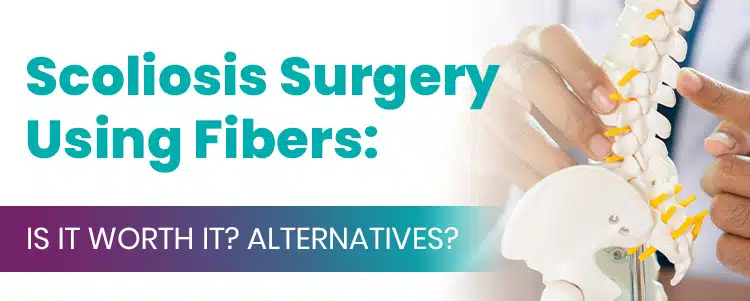

Scoliosis Surgery Using Fibers: Is It Worth It? Alternatives?
Scoliosis surgery carries risks, including increased back pain and reduced flexibility.
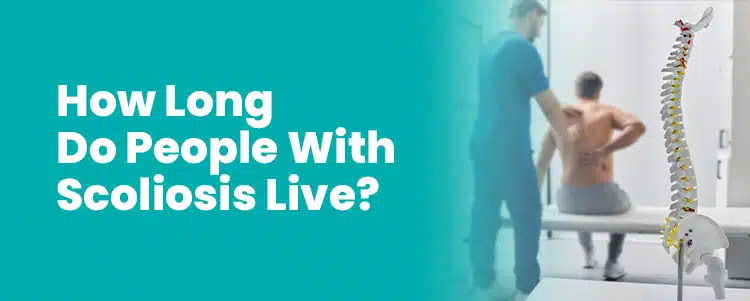

How Long Do People With Scoliosis Live?
Having scoliosis doesn't limit one's potential. Early detection and proactive tr
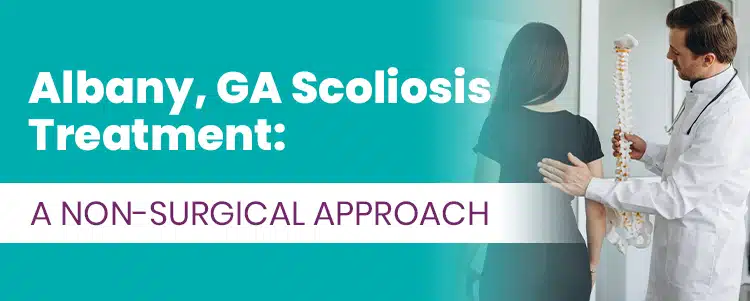

Albany, GA Scoliosis Treatment: A Non-Surgical Approach
Scoliosis is a complex condition affecting all ages. Treatment options vary in results.
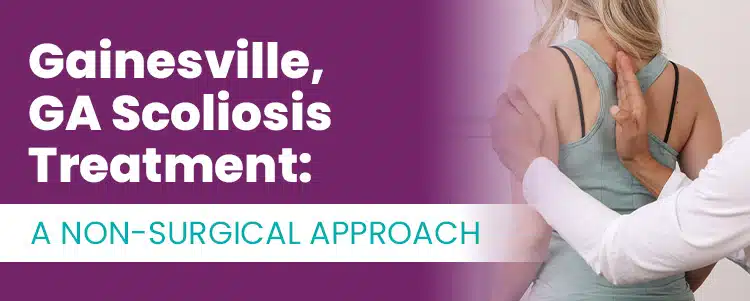

Gainesville, GA Scoliosis Treatment: A Non-Surgical Approach
Awareness of treatment options is vital for scoliosis patients. Traditional and conservative approaches yield different outcomes.
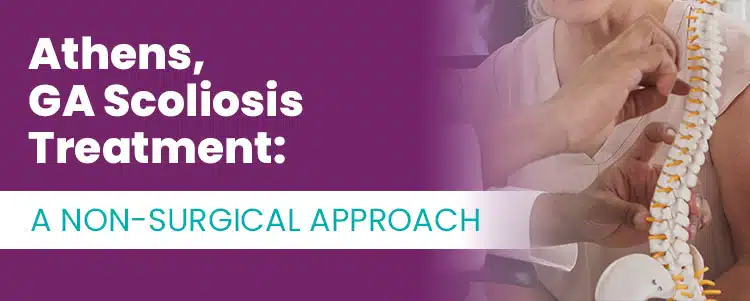

Athens, GA Scoliosis Treatment: A Non-Surgical Approach
Scoliosis is prevalent in school-aged children, requiring treatment decisions. Traditional and conservative approaches offer different outcomes.
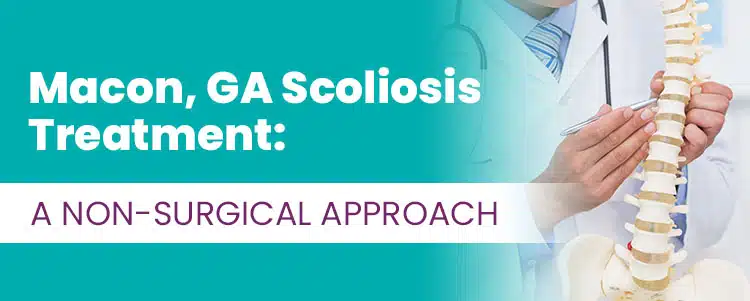

Macon, GA Scoliosis Treatment: A Non-Surgical Approach
Being informed about all scoliosis treatment options is crucial. Traditional approach favored surgery, but non-surgical alternatives are gaining popularity.
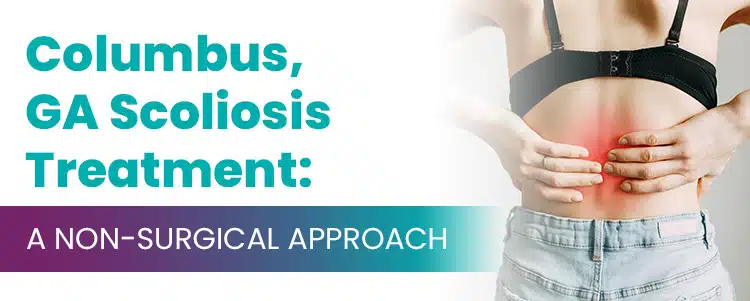

Columbus, GA Scoliosis Treatment: A Non-Surgical Approach
Scoliosis requires specialized treatment from experienced specialists. While incurable, it can be highly treatable with proactive conservative approaches.
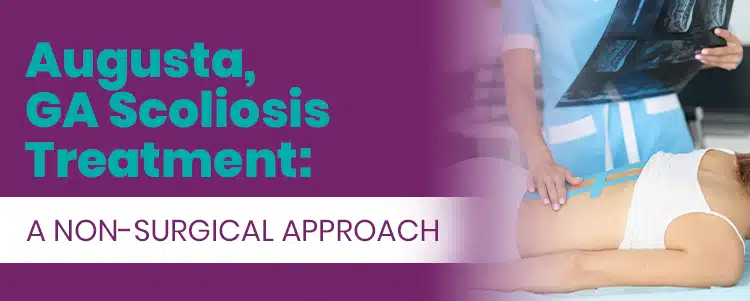

Augusta, GA Scoliosis Treatment: A Non-Surgical Approach
Choosing the right scoliosis treatment is crucial. Learn about modern conservative non-surgical options and how Dr.
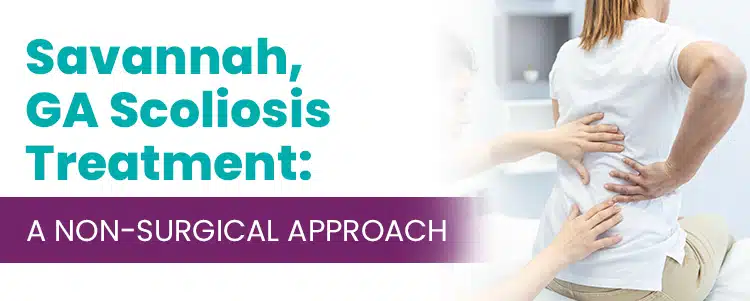

Savannah, GA Scoliosis Treatment: A Non-Surgical Approach
Customized treatment is crucial for scoliosis patients. Discover specialized scoliosis treatment options with Dr.
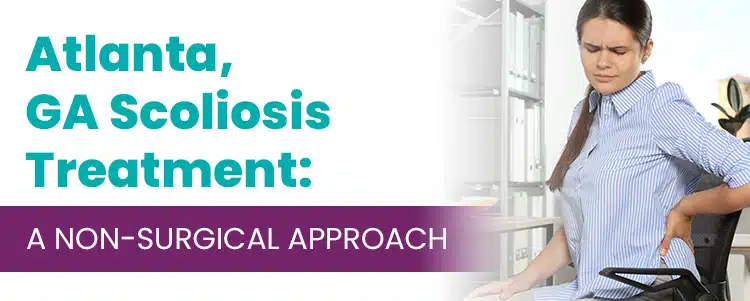

Atlanta, GA Scoliosis Treatment: A Non-Surgical Approach
For proactive scoliosis treatment, consider chiropractic-centered options. Dr. Tony Nalda in Celebration, FL offers renowned care.
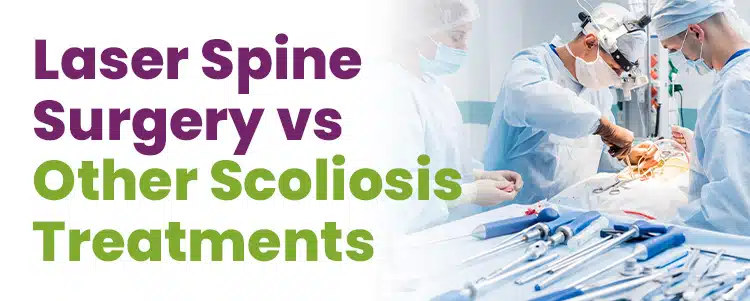

Laser Spine Surgery vs Other Scoliosis Treatments
Laser spine surgery offers mixed evidence of effectiveness compared to traditional methods.
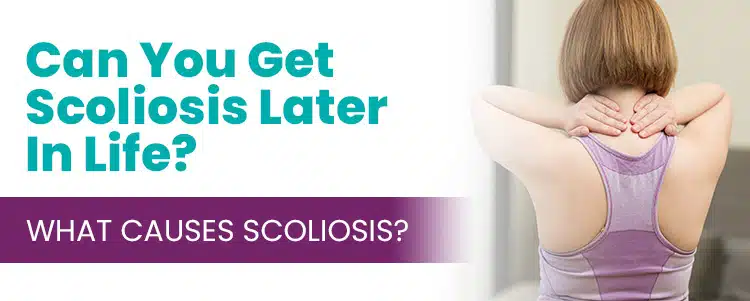

Can You Get Scoliosis Later In Life?
Adults primarily face idiopathic or degenerative scoliosis. The former develops
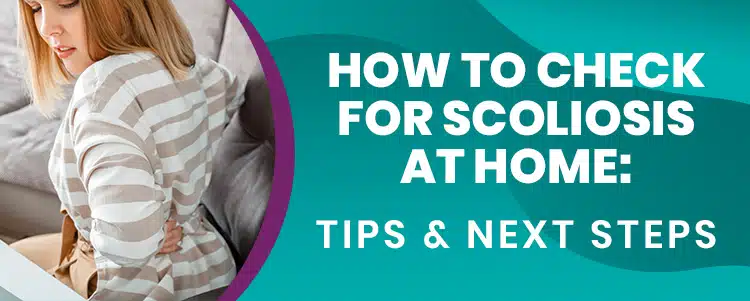

How To Check For Scoliosis At Home: Tips & Next Steps
For progressive conditions like scoliosis, early treatment is beneficial. Uneven shoulders and hips can indicate adolescent idiopathic scoliosis.
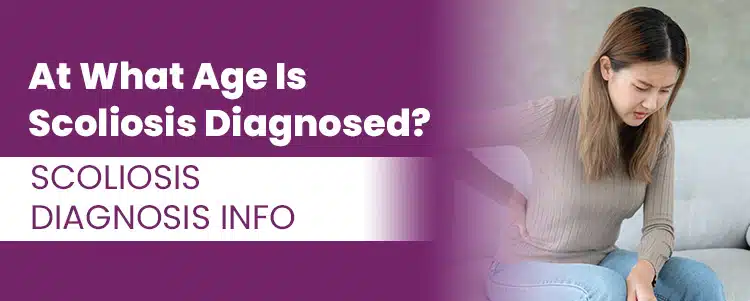

At What Age Is Scoliosis Diagnosed? Scoliosis Diagnosis Info
Scoliosis can be diagnosed at any age, not just in childhood. It has various types and severity levels, affecting all ages.
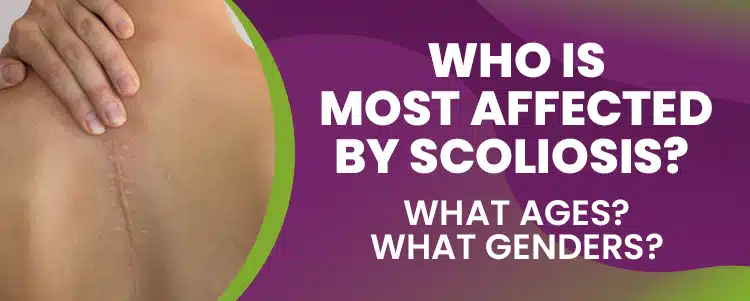

Who Is Most Affected By Scoliosis? What Ages? What Genders?
Scoliosis is most commonly diagnosed in adolescents between the ages of 10 and 18, and is more prevalent in females.
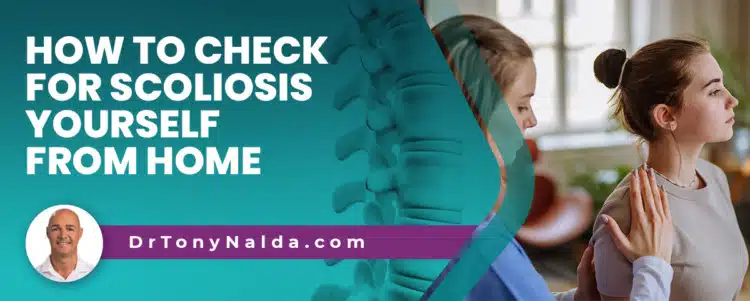

How To Check For Scoliosis Yourself From Home
The earliest sign of scoliosis in adolescents is postural deviation, and for adults, the main scoliosis symptom is pain.
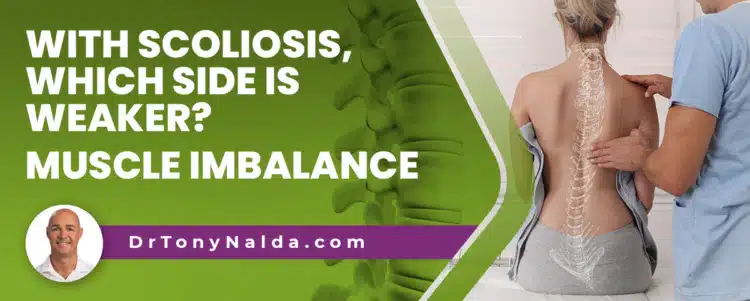

With Scoliosis, Which Side Is Weaker? Muscle Imbalance
As scoliosis develops, it makes the muscles on one side of the spine weak from lack of use, and the opposite side strained from overuse.
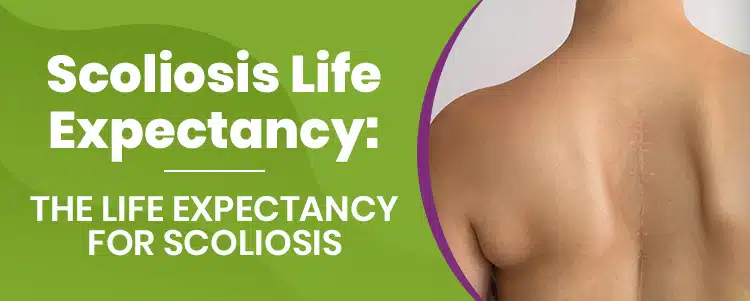

Scoliosis Life Expectancy: The Life Expectancy for Scoliosis
Scoliosis has different severity and types; on its own it isn't a life-threatening condition.